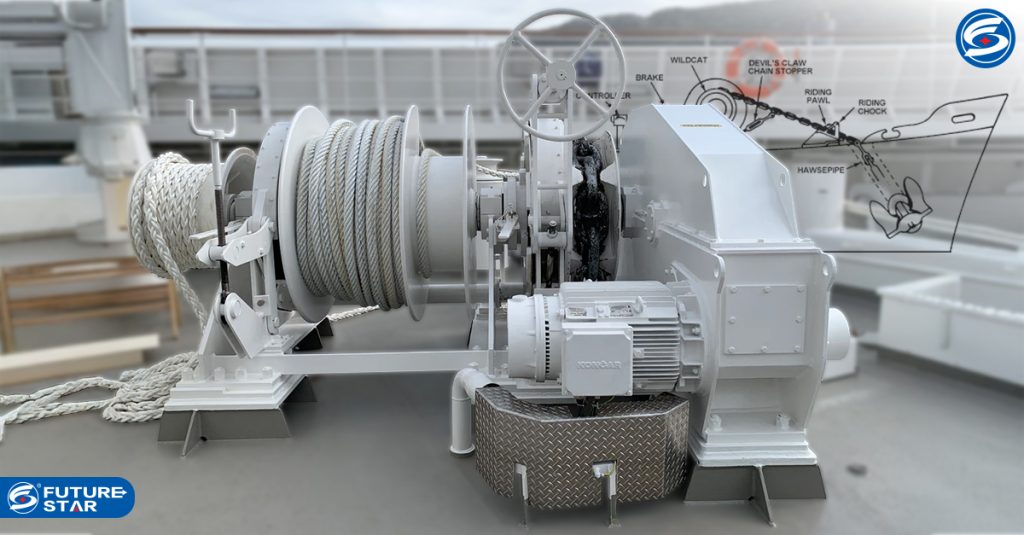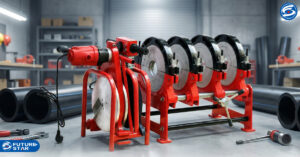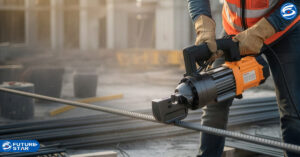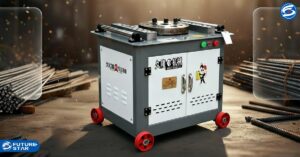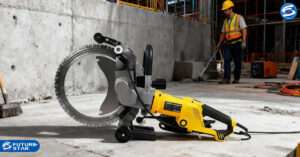Electric Windlas (Ship hoist) is one of the heavy equipment category devices.
This tool is commonly found on ships. Its function is as a savior when in a dangerous situation.
Electric Windlas (Winch on Ships) is one of the heavy equipment category devices that function on ships. This tool is considered very important for safety on ships when sailing in the middle of the sea. Electric Windlas is usually combined with Mooring Winches or called (WMW) into one that functions to adjust the bow. If one part of the WMW is damaged, the ship may not sail. The WMW load is very large. Under these conditions, multiple working under varying loads requires the drive system to start quickly and stop accurately. Traditional WMWs are driven by many hydraulics which have many shortcomings in operation. Such as the following: low efficiency, slow system response, complicated pipe pavement. Therefore, there is a great need for an independent pressure supplying system which is more focused on the use of large space, hydraulic oil leakage, and complicated intelligent control. On the other hand, EWMW has many advantages in terms of more reliable operation. It also has fast response, easy maintenance, and no risk of oil pollution, with high efficiency. However, most EWMWs are driven by motorized replacement engines. In addition, the advantages of these EWMWs are very high, as they have low noise and vibration effects. With high efficiency, energy saving, and intelligent integration of EWMW, it is necessary to develop a grinding/rotating machine. The EWMW must have the functions of fast automatic braking and emergency braking. Therefore, the PMSM must have an electromagnetic brake with high torque. As for the EWMW, it has a very common working model specification of electromagnetic braking, which is to turn on the power to release the brake and turn off the power to the brake. When operating, there is a dynamic holding process, meaning that the holding is free by pulling the chain on the anchor. Winch working force divided into mooring, cable release, and constant tension.

